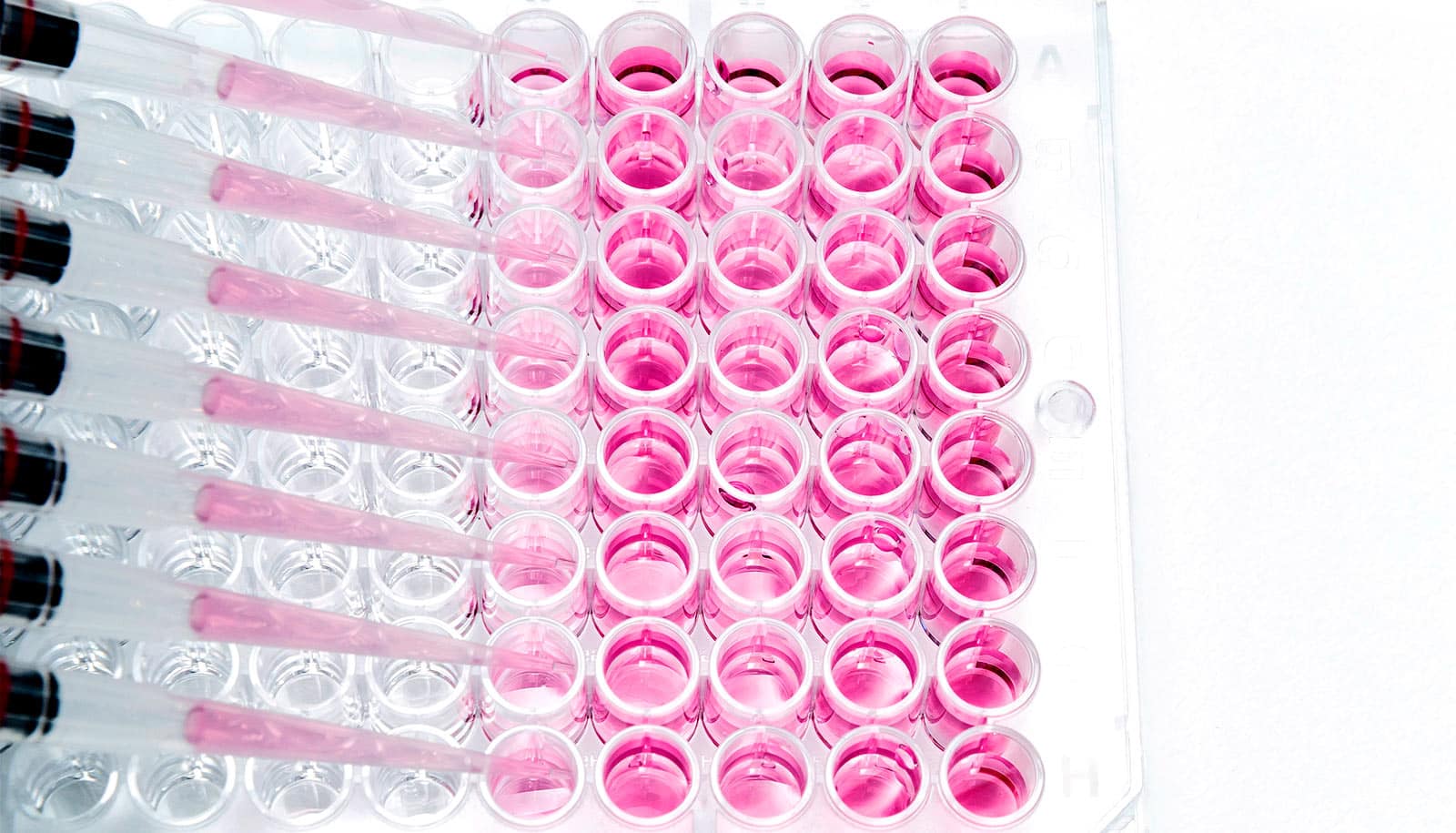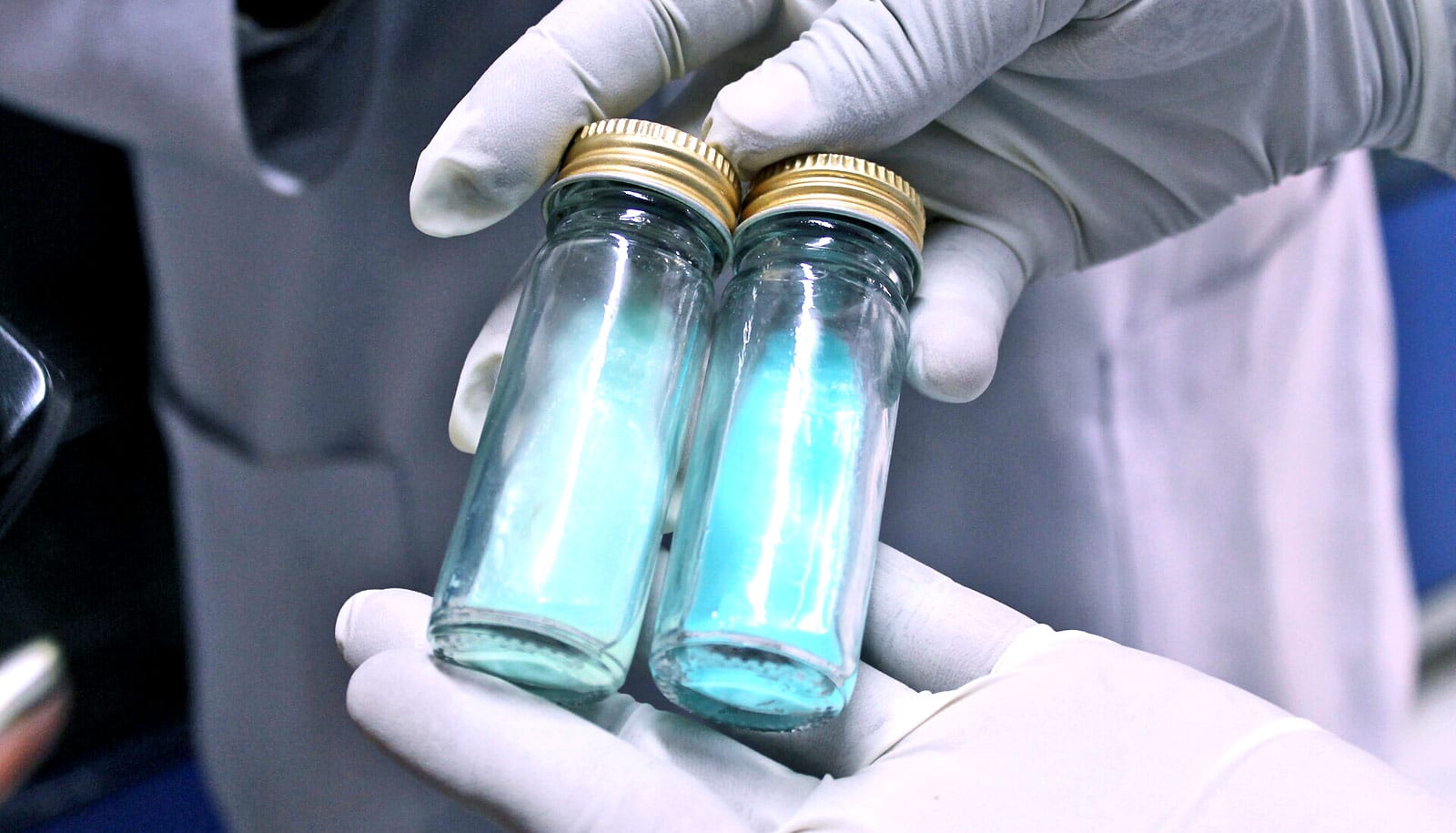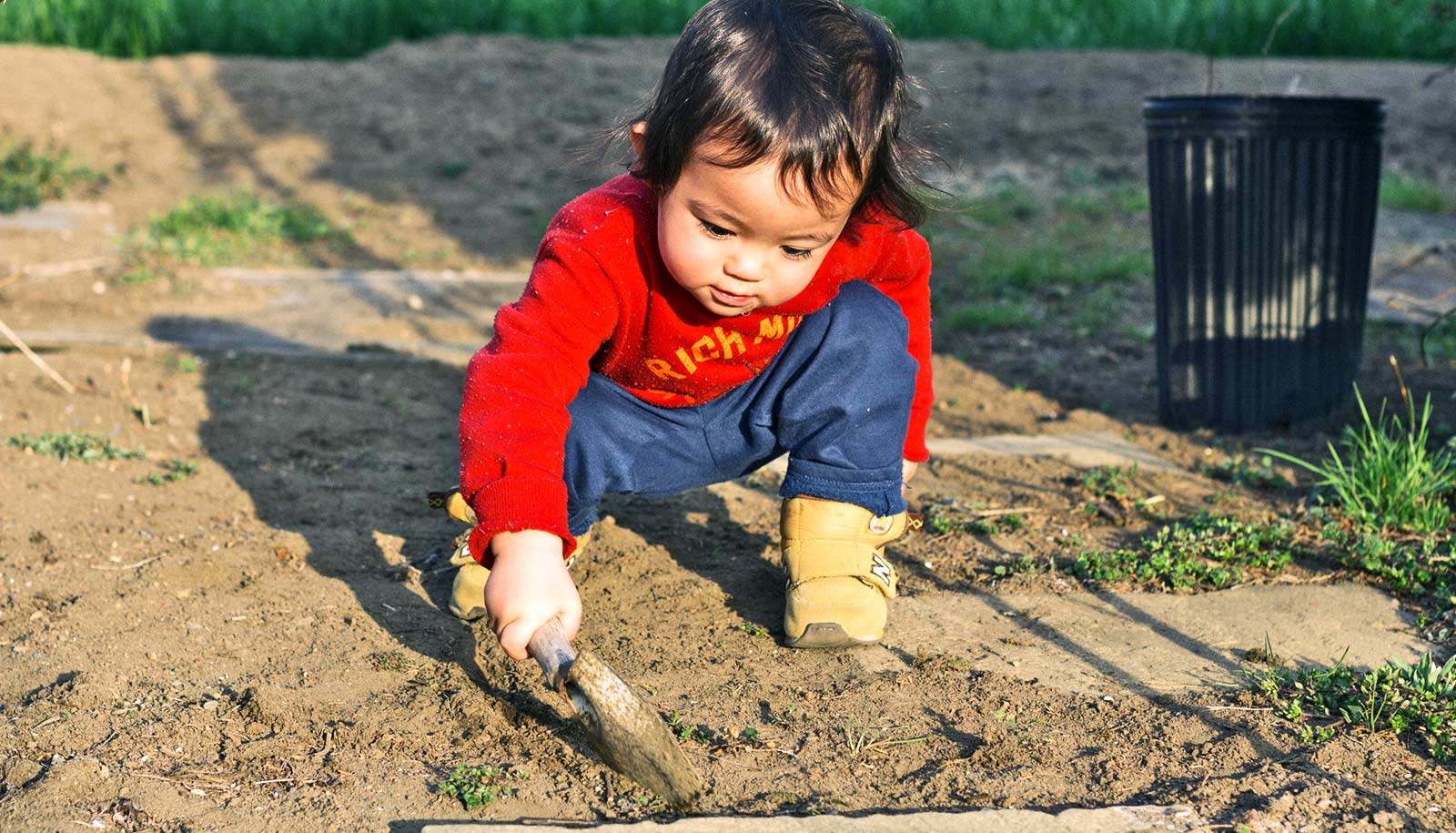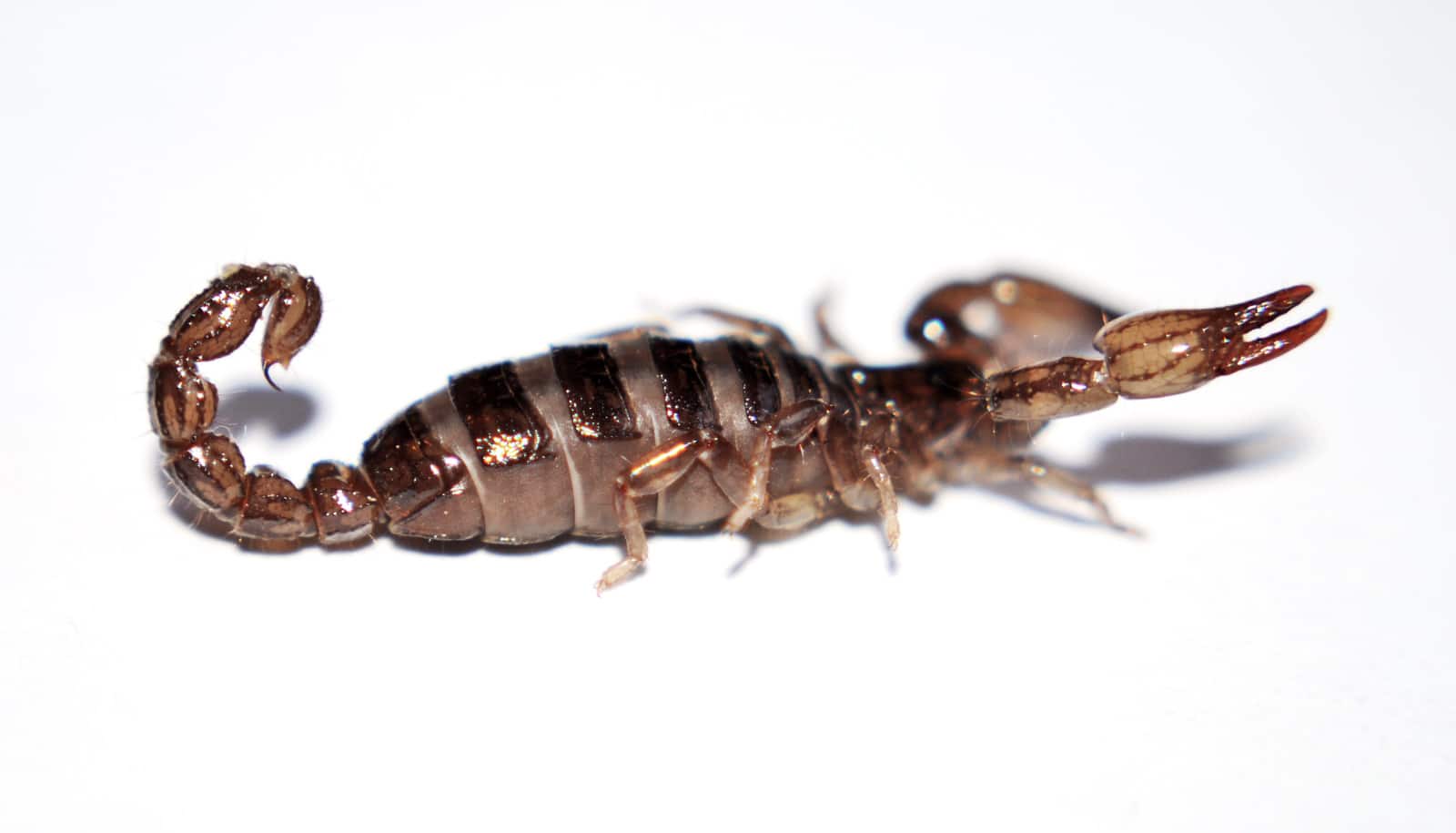A new test detects tuberculosis in 10-20 minutes with 95%-99% accuracy and only costs 10 cents per test, researchers report.
Until now, early detection has posed a serious challenge for people suffering at various stages of the epidemic. In 2016, 10.4 million people got tuberculosis (TB) and 1.7 million died—95% of whom lived in low- and medium-income countries.
Researchers designed the new biosensing assay for people who need it the most, but who can afford it the least, says Evangelyn Alocilja, a professor of biosystems and agricultural engineering at Michigan State University.
“Implementation of this approach in rural areas of developing countries would increase case finding and notification and would reduce drug resistance,” says Alocilja, who lost her aunt and uncle to TB while growing up in the Philippines. “Its use at the first point of contact would facilitate quick treatment in a single clinical visit, thus supporting the World Health Organization’s global strategy to end TB by 2035.”
Currently, two popular methods of TB detection include smear microscopy and the Xpert MTB/RIF system. Smear microscopy is inexpensive, but only has about a 50% sensitivity. The Xpert MTB/RIF system is sensitive, but the machine costs around $40,000 and the cartridge costs between $20-30 per test in TB “high burden” countries.
Private testing labs charge an average of $70 per test and require electricity and refrigeration of samples—in short supply in developing countries.
“A few years ago, WHO’s STOP TB program supplied 10 Xpert machines for the Philippines. I pointed out to one collaborator that the machines had to be stretched to cover 100 million people,” Alocilja says. “In many cases, patients with TB infect five to ten people before knowing they have the disease. We simply needed a better way to save more lives.”
As reported in Biosensors, the new patented approach uses magnetic nanoparticles and bacterial stain mixed with patients’ sputum samples. Health workers mix the mucus discharge in a vial and expose it to a magnet. Viewing the samples through a microscope reveals either red clusters of charged nanoparticles (positive) or dispersed brown nanoparticles (negative).
For areas where there are no medical professionals nearby, Alocilja’s team developed a smartphone app using an artificial intelligence algorithm that also can review the samples. Accuracy is still high (85%), and the app serves as a great tool to extend coverage in large, remote areas. Once health workers detect tuberculosis, they run a DNA test, which verifies the TB strain’s drug resistance.
“We are pleased with how quickly our technique can be administered,” Alocilja says. “In 15 minutes, we can confirm TB, and in 45 minutes we can verify its drug resistance. Being able to conduct this full assessment in an hour—and in a single visit—are critical in tackling this deadly disease.”
Successful field studies have taken place in Nepal, India, Peru, and Mexico. Other countries that have expressed interest in the method include Columbia, Ecuador, Indonesia, Uganda, South Africa, Ghana, and Poland.
Source: Michigan State University



